Like many folks I enjoy taking photographs of various animals including mammals, reptiles, birds and bugs. I’ve never been on a safari or done any kind of wilderness photography adventure. As a result my images are a mix of captive specimens as well as photographs of species that are either local to me or are ones that I found while on vacation.
This article shares a selection of images and some information on where and how the images were captured. All of the images in this article were taken hand-held using Nikon 1 gear.

For a couple of weeks this past December I had a sharp-shinned hawk appear in my backyard on a number of occasions and I was able to capture the image above during one of its visits.

Each spring I enjoy visiting Hamilton Harbour to try my hand at capturing cormorants in flight.


Early in the season the birds are busy with repairing and building nests which can help give photographs additional detail and perspective.
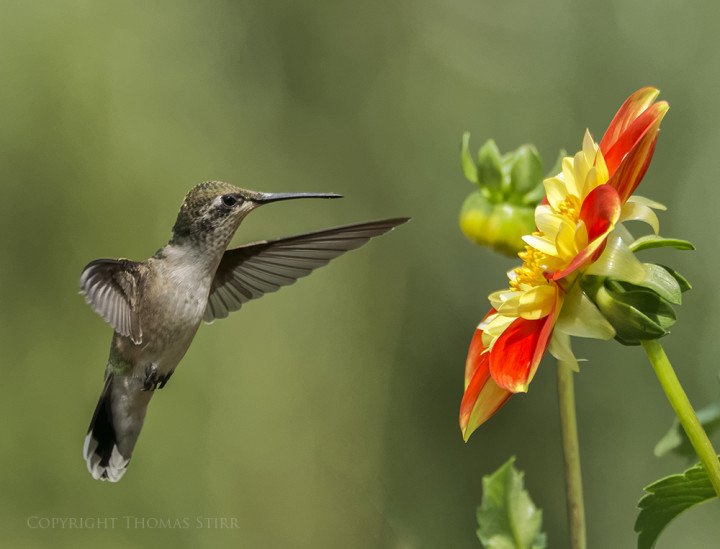
Hummingbirds are also seasonal visitors to the Southern Ontario area and I often visit Ruthven Park in Cayuga, focusing on capturing images of hummingbirds in flight. Using a minimum shutter speed of 1/3200 and shooting at 15fps in continuous auto-focus with subject tracking with my Nikon 1 V2 helps to capture interesting wing positions.
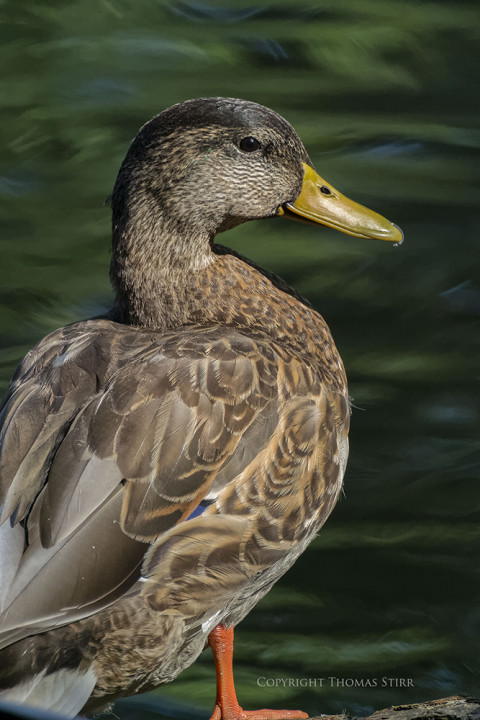

Ducks tend to be reasonably plentiful in the area throughout much of the year and I can often capture images at Grimsby Harbour and along 40 Mile Creek.

On occasion cormorants and other species can be spotted at the mouth of the creek.
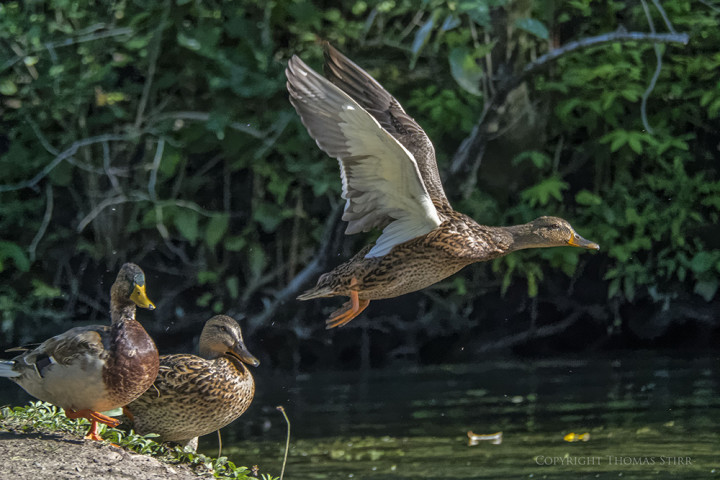
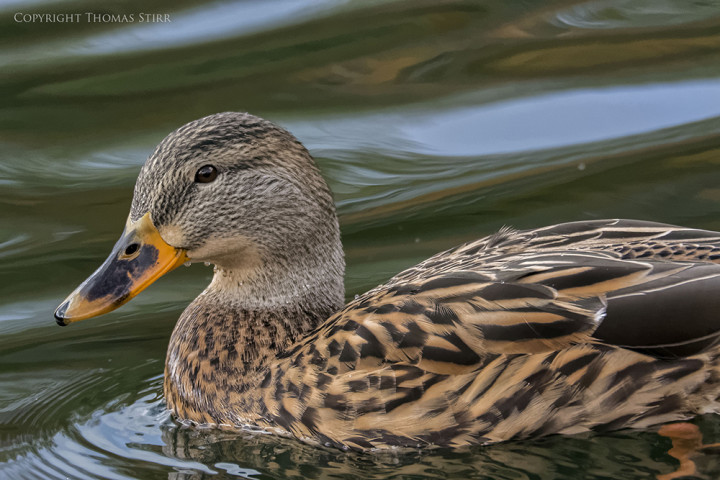
The ponds at Dufferin Islands in Niagara Falls are also good spots to capture images of various waterfowl.

I often visit Mountsberg Conservation area to view and photograph the captive raptors such as the bald eagle above. Having to shoot through the wire mesh enclosures can be a challenge at times. I typically shoot my Nikon 1 V2’s using single point auto-focus and most often use centre-weighted metering.
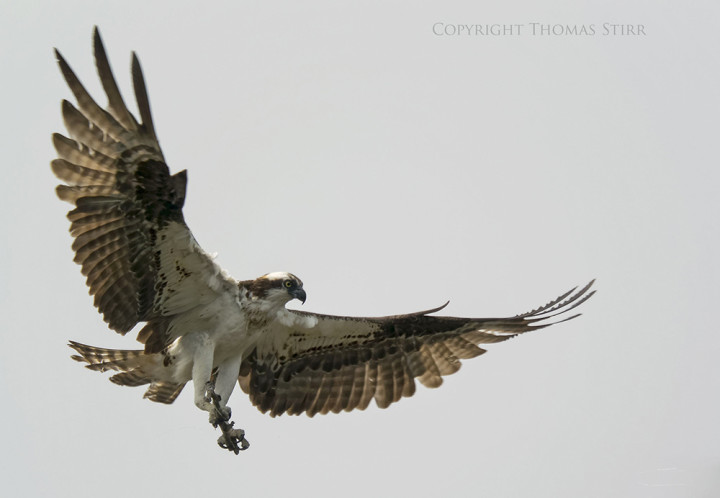
With a bit of luck capturing a wild osprey in flight is also a possibility at Mountsberg Conservation. When shooting birds in flight I often shoot in Manual mode, using an auto-ISO setting.


The Metro Toronto Zoo is another favourite location to visit during warmer weather months. Taking photographs through heavily soiled glass partitions is often the norm at these types of venues. Placing the camera lens flush against the glass can help limit its impact on images.


During the winter I often visit Bird Kingdom in Niagara Falls to photograph the various tropical birds, lizards and other specimens that are on display.

The Niagara Butterfly Conservatory is also a worthwhile place to visit. Since there is no dedicated Nikon 1 macro lens available my favourite set-up for macro-type images is to use the 1 Nikon 30-110mm f/3.8-4.5 zoom with extension tubes.

I have used this approach to capture images of bees and flowers in my garden.

As well as frogs and other critters in glass display cases. Since my Nikon 1 bodies have small 1” CX sensors I always do my best to capture images as large as possible in the frame so I can reduce or eliminate the need to crop.

The above image of a great blue heron taking off was captured during a recent holiday in Cuba. The continuous auto-focus of my Nikon 1 V2 works very well when shooting at 15fps with subject tracking. The next image you’ll see (below) is of the same bird, taken from the same AF-C run.
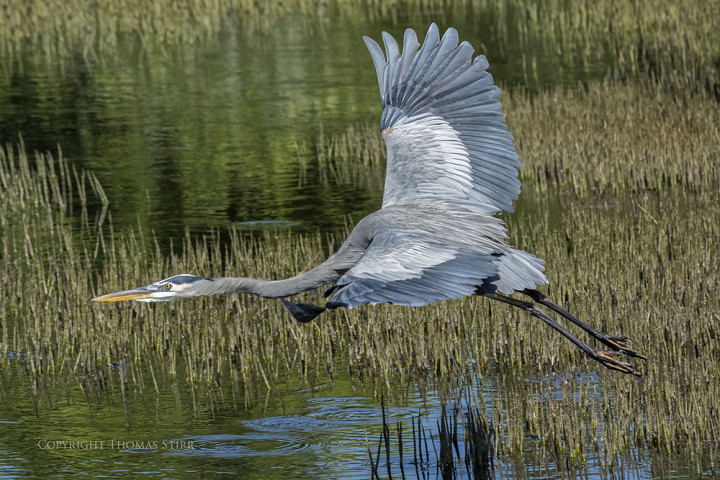
This photograph is the fourteenth in a run of over 20 AF-C images.

This very small lizard was in some foliage on the resort in Cuba. I was able to get my Nikon 1 V2 with the 1 Nikon 30-110mm lens and extension tubes to within about 14 inches of it by stretching my arm out very slowly, shooting one handed, and using the back of my camera to frame the shot.

While on my most recent holiday to Cuba I had the opportunity to do my first-ever underwater photography using a newly-acquired Nikon 1 J4 with a Nikon 1 WP-N3 underwater housing. I had a lot of fun and certainly appreciate that I still have a lot to learn!

While in the Myrtle Beach South Carolina area I had a few different opportunities to capture images of various animals. The photograph of the ruby-crowned kinglet above was captured at Beider Forest near Harleyville South Carolina.


The hawk and owl images were taken at the Center for Birds of Prey in Awendaw, which is just north of Charleston.


The Low County Zoo at Brookgreen Gardens yielded the images of the tree-climbing grey fox and the Night Heron.
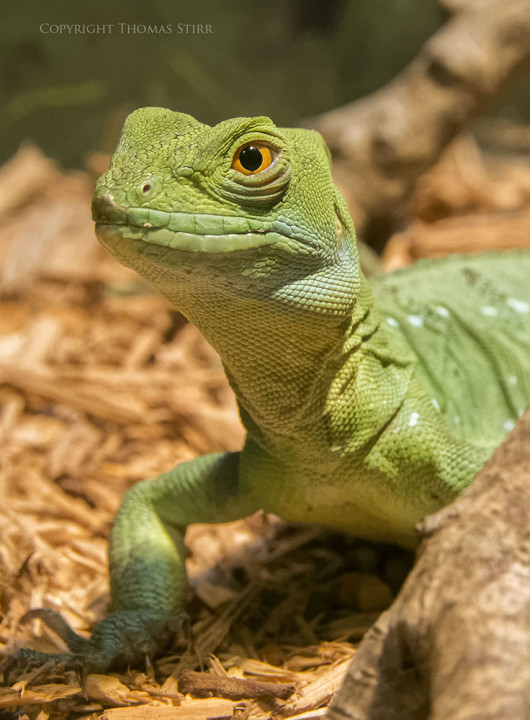

The reptile building at Alligator Adventure in Myrtle Beach was the location for the lizard and snake images. I typically shoot my Nikon 1 gear at a maximum aperture of f/5.6…although I will occasionally push that to f/8.

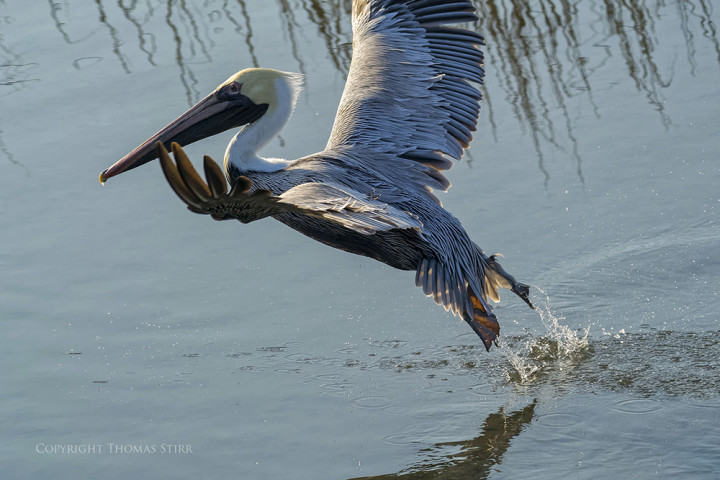
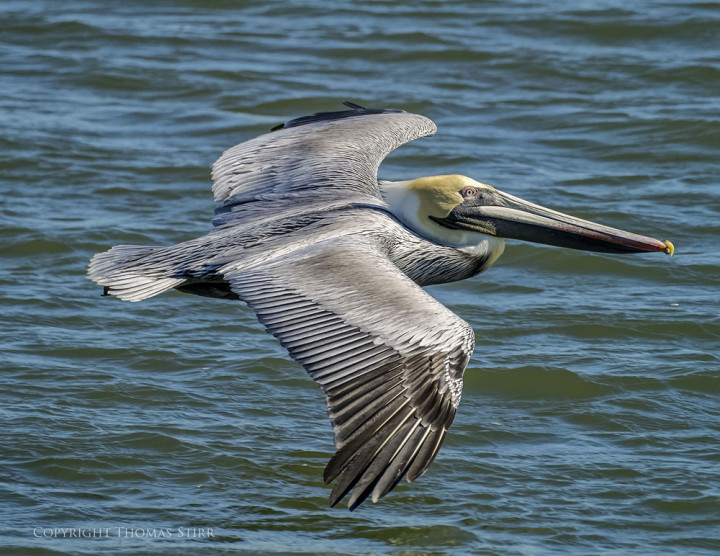
The pier and boardwalk area of Murrells Inlet afforded me a number of opportunities to capture images of brown pelicans.
I’ve shot with a number of formats in the past including Nikon DX and FX DSLR gear before I settled in on the Nikon 1 CX system, which I now shoot with exclusively. While the system doesn’t have as wide a selection of lenses as M4/3 does, I find that three specific zoom lenses…the CX 70-300mm f/4.5-5.6, the 30-110mm f/3.8-5.6, and the 10-100mm f/4-5.6 all suit my needs very well. Having a set of MOVO extension tubes further extends the flexibility of my kit.
The Aptina sensors in my Nikon 1 V2’s and J4 are challenged when it comes to dynamic range, colour depth and low light performance and it took some time to formulate my approach to post-processing of RAW files. I’ve been using a combination of DxO OpticsPro 10, CS6 and Nik Suite for a while now and feel very comfortable with my workflow and results.
Article and all images are Copyright Thomas Stirr. All rights reserved. No use, duplication or adaptation is allowed without written consent. Mirrorlessons.com is the only approved user of this article. If you see this article reproduced anywhere else it is an illegal and unauthorized use.
